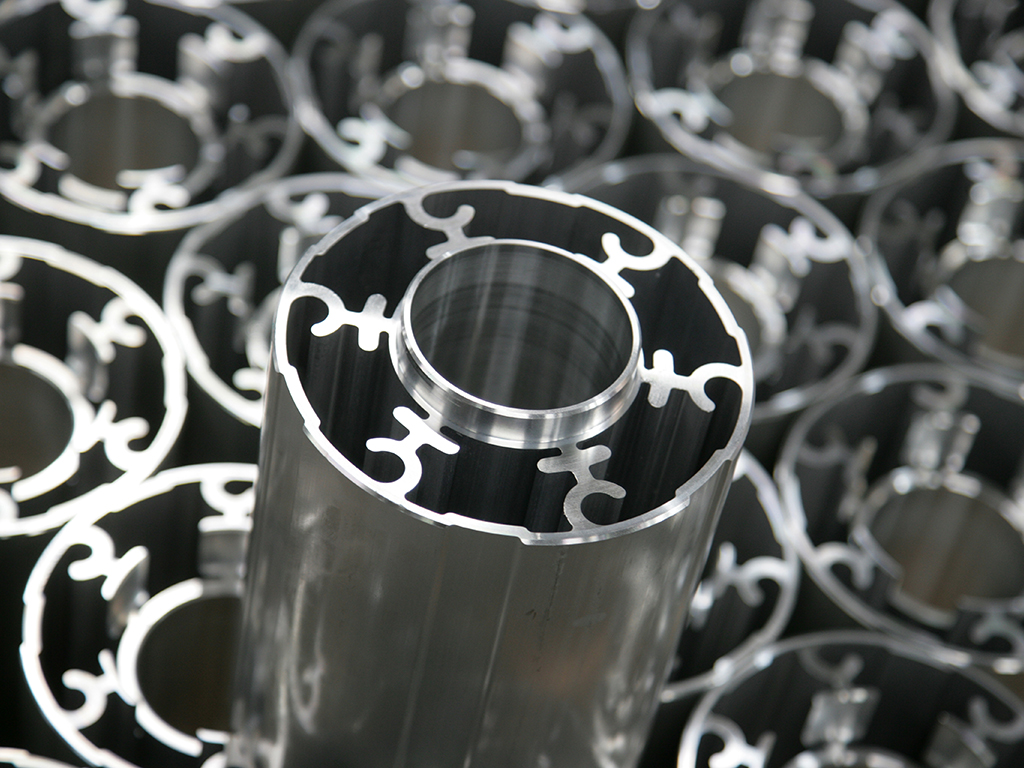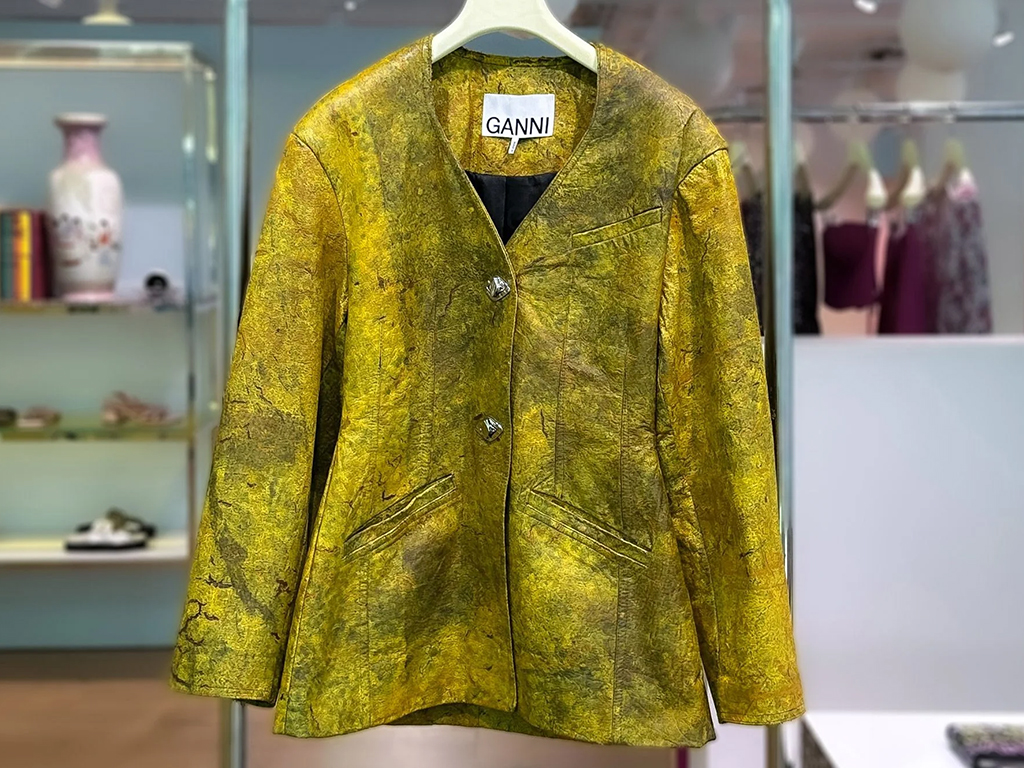
Recycled textile fibres by Circular Materials incorporated into plastic mouldings
Circular Materials Fibre Pellets are produced from waste textiles, such as old clothes and production offcuts. The recycled fibres can be used as fibre reinforcement for plastics, such as polypropylene (PP), polyethylene (PE) and thermoplastic elastomer (TPE). The fibre-based composite is compatible with conventional plastic manufacturing processes, such as injection and compression moulding. It is suitable for a range of applications including products, packaging, point-of-sale (POS) and fashion accessories. For example, this tray in injection moulded using 25% fibre pellet and 75% recycled PP (rPP). Image Circular Materials.






















































































































































